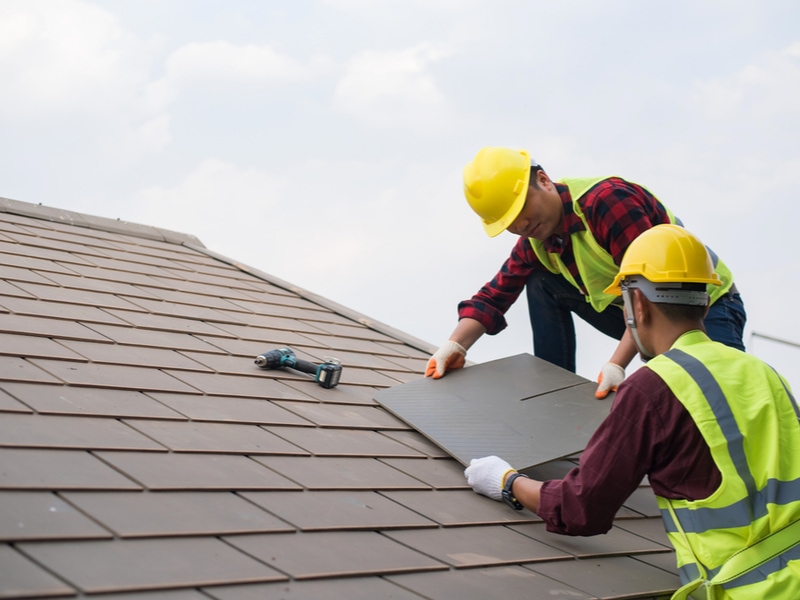Flat Roofing vs. Sloped Roofing: Pros and Cons
When it comes to roofing, one of the most significant decisions homeowners face is whether to choose a flat roof or a sloped roof. Each style has its unique advantages and drawbacks that can impact everything from aesthetic appeal to functionality. Understanding these differences is essential for making an informed choice that aligns with your needs and the specific requirements of your property.
Flat roofing has gained popularity for its modern look and practicality, particularly in urban settings. On the other hand, sloped roofing has been a traditional choice for many homes, known for its ability to shed water and snow effectively. In this article, we will explore the pros and cons of both flat and sloped roofing, providing insights to help you decide which roofing services best suit your project. Whether you are building a new home, renovating, or simply looking to replace an existing roof, understanding these options will guide you toward a solution that meets your expectations and budget.
Advantages of Flat Roofing
Flat roofing offers a modern aesthetic that can enhance the overall appearance of a building. Its sleek lines and streamlined design create a contemporary look, making it a popular choice for commercial structures and urban residential homes. This simplicity allows for more flexibility in architectural design and can complement various styles of construction.

Another significant advantage of flat roofing is that it provides additional usable space. The flat surface can be transformed into a rooftop terrace, garden, or even a solar panel installation area. This feature adds value to the property and gives owners the opportunity to utilize the roof space in innovative ways that sloped roofs cannot accommodate.
Flat roofs typically require less material and can be easier and faster to install than their sloped counterparts. This can lead to reduced labor costs and quicker project completion times, making them an appealing option for those seeking efficient roofing services. The straightforward design also simplifies maintenance and repairs, as accessing a flat roof is often easier than dealing with steep angles.
Benefits of Sloped Roofing
Sloped roofing is known for its efficient water drainage capabilities. The incline allows rain and snow to slide off easily, reducing the risk of water pooling and potential leaks. This is particularly advantageous in regions that experience heavy precipitation, as it helps maintain the integrity of the roofing materials over time.
Another significant benefit of sloped roofing is its aesthetic appeal. Sloped roofs can enhance the overall architecture of a building, providing a more traditional look that many homeowners prefer. They offer a variety of design options, allowing for unique shapes and styles that can complement various exterior designs, making them a popular choice in residential roofing services.
Additionally, sloped roofs often provide more usable space within the attic or upper levels of a building. This extra space can be utilized for storage or even converted into livable areas such as bedrooms or offices. This flexibility increases the overall value of the property and is a notable advantage when considering long-term investment in roofing services.
Comparison Summary
When considering roofing services, the choice between flat roofing and sloped roofing is crucial. Each type presents distinct advantages and disadvantages that can significantly impact your building's functionality and aesthetics. Flat roofs are often easier and cheaper to install, offering a modern look while providing potential space for additional features like rooftop gardens or HVAC systems. However, they typically require more maintenance due to water pooling and potential drainage issues.
On the other hand, sloped roofs excel in water drainage, reducing the risk of leaks and extending the lifespan of the roofing materials. They can be aesthetically pleasing and are available in various styles and materials. However, installation costs can be higher and they may require more complex framing and structural support. Additionally, sloped roofs can be more challenging to access for repairs or maintenance depending on the steepness.
Ultimately, the decision between flat and sloped roofing should be based on your specific needs, budget, and the climate of your area. Consulting with roofing services can provide valuable insight and help in making an informed choice that suits your building’s requirements and enhances its longevity.